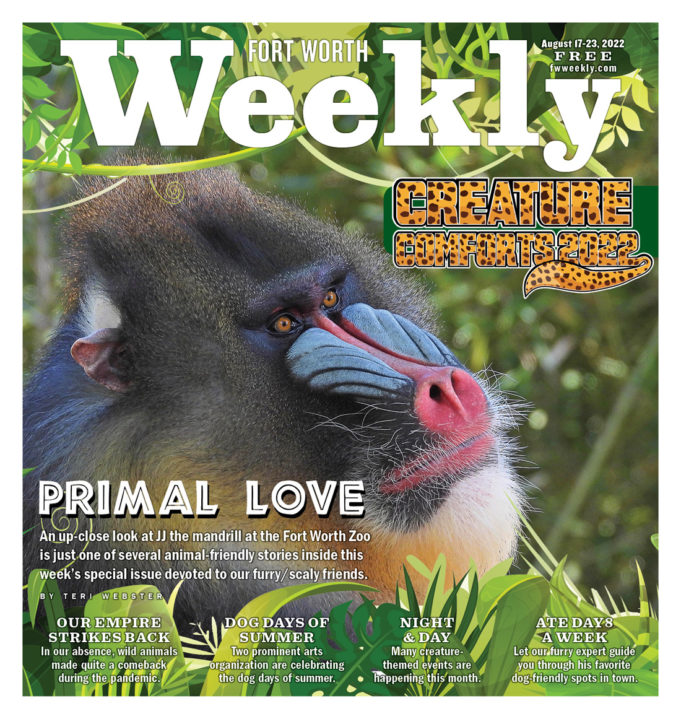My spirit animal does not live inside a fantasy world, nor does he appear in misty dreams that I can barely remember upon waking. JJ the mandrill resides just a few miles away from me in the World of Primates at the Fort Worth Zoo.
Unlike Rafiki from The Lion King, JJ cannot speak profound words of wisdom, but he is a teacher of sorts, an ambassador for his own species and beyond.
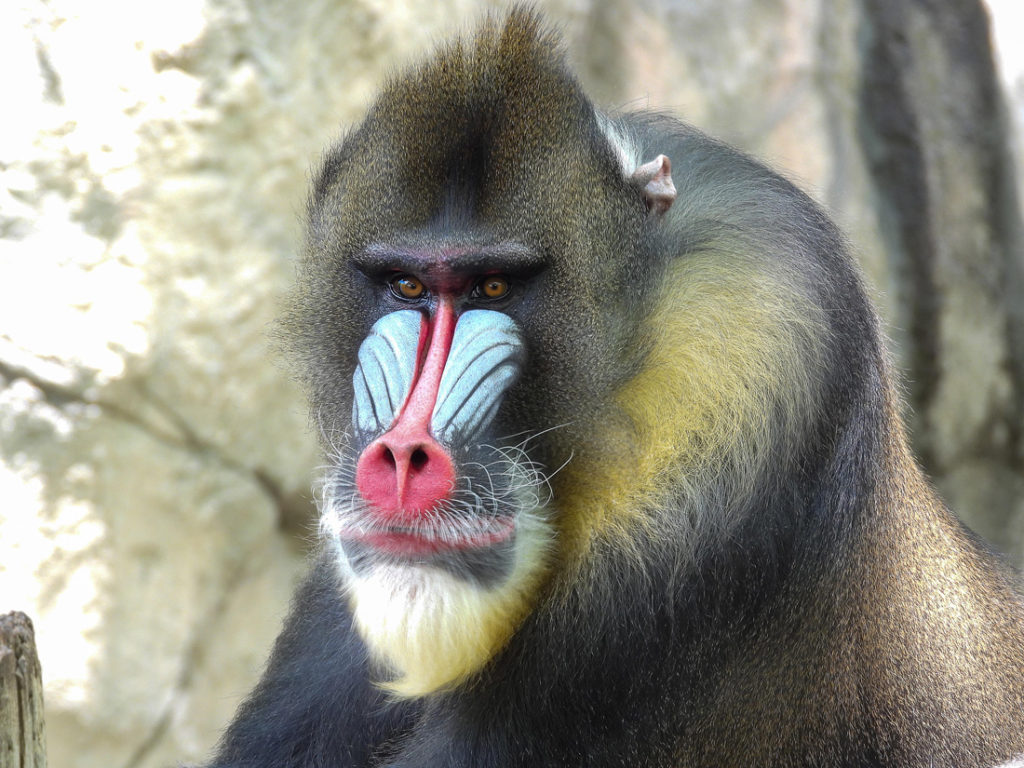
PHOTO BY TERI WEBSTER
Visit JJ, and you’ll probably find him sitting on the top of his wooden perch, looking like a regal king. Most likely, you will also see him forage for food across a trail of treats like kale, romaine lettuce, and carrots which his keepers leave on the ground of his habitat. JJ might even say hello by baring his teeth and bobbing his head. Mandrills greet each other this way in the wild and sometimes offer the same friendly gesture to humans at zoos.
“How mean,” another zoo visitor recently said when JJ drew back his lips and showed us his mouth full of large, sharp teeth, complete with three-inch canines.
“He’s just smiling,” I blurted out in a friendly voice, and the other zoo visitor, a young man with two small children, looked at me like I was crazy.
“No, it’s true,” I continued, trying to convince him I wasn’t a nut, but that only seemed to make it worse. “It’s on National Geographic and a lot of different zoo websites. You can look it up online.”
Instead of responding, he placed an arm around each of his children and slowly walked away.
At the time, no one else was around. JJ and I were left alone, staring at each other. He tilted his head at me, and I shrugged my shoulders.
“I guess it’s a mandrill thing,” I told him. “He just doesn’t understand.”
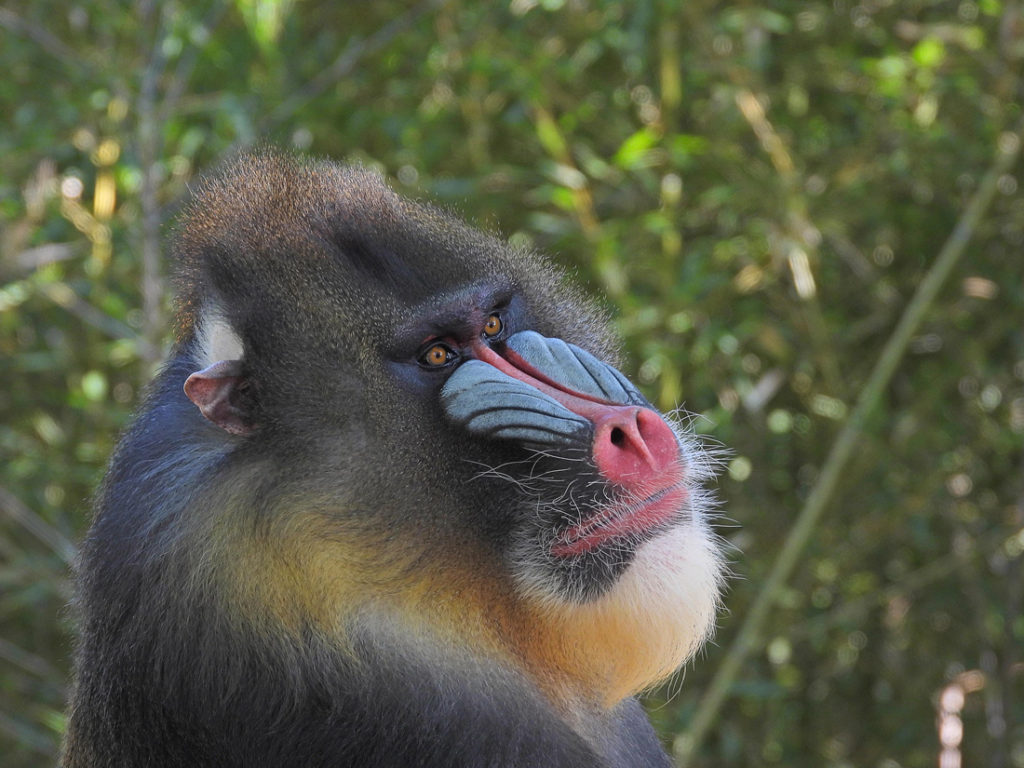
I’m not sure I truly understand JJ, either, but I am learning.
Although it doesn’t cost much, I was inspired to adopt him in December 2021 through the zoo’s adoption program, which applies contributions toward the care of an animal of your choice. The price ranges from about $50 for a whole year to any amount you want to give.
No, you can’t take your adopted animal home. Instead, you’ll receive a certificate to display as bragging rights and some other goodies that vary based on the amount of your donation.
According to figures provided by the zoo, there have been a total of 6,584 adoptions since 2017. The program first began in 1992, but records before 2017 are not reliable, a zoo spokesperson said in an email.
Every animal at the zoo is beautiful, yet for reasons I can’t fully explain, I instantly felt a special connection to JJ. Maybe it’s the contrast of his powerful image to what I perceive as an underlying sweetness and vulnerability.
“I fell in love with a monkey,” I once wrote on Facebook, a comment that drew a flurry of laughing-face emojis. Virtually all my friends love animals, and they understand my sense of humor and exactly what I meant. They’ve also seen the photos I have posted of JJ. He’s very striking.
Mandrills are monkeys — the world’s largest — and are found in the rainforests of equatorial Africa. The males are typically about 3 feet tall and weigh around 80 pounds in the wild. Females are usually half of their size.
Mandrills are also considered at-risk due to deforestation, the bush meat trade, and natural predators.
I first met JJ by chance last fall during an impromptu trip to the zoo, where I hadn’t been in years. My interest in photography was growing, and I decided to go there to take some photos of the animals. Shortly after I arrived, I found myself walking up a pathway enclosed by lush foliage on either side. At the end of the pathway is JJ’s habitat, and I stopped in utter awe when I saw him.
JJ was standing there looking like a four-legged rainbow brought down to earth, with bright hues of yellow, red, blue, and lilac painted across a dark cloud of soft, brownish-gray fur.
Since then, I’ve taken dozens of pictures of JJ, and I assumed from a distance that he’s a character. A recent conversation with Linda Roberts, the zoo’s primate supervisor, confirmed my perception.
“He’s got personality,” Roberts said. “JJ is the third adult mandrill I’ve worked with, and he’s got more personality than the other two. He’s very attentive. He’s just a good boy, and he’s not afraid of people.”
Mandrills really do “smile,” although it’s technically called a greeting.
“They do have a greeting, where they show their teeth, and there’s a little head bob that goes along with it,” Roberts said. “What I’ve always heard is they’re saying, ‘Hey, I’m being friendly, but look, I do have teeth. I can get you if I want to, but I’m being nice.’ ”
I told Roberts that JJ has smiled at me multiple times. I’m at the zoo virtually every week, and I figured that by now, he probably knows me.
“That’s a greeting, and they do recognize people,” Roberts said. “He’s probably saying, ‘Oh, there’s that woman again. Hello!’ ”
Mandrills can make the same facial expression when they are agitated, but that will be accompanied by a sharp slap on the ground, she said.
“It’s the same head bob and the same grimace,” Roberts said.
JJ was 6 years old when he arrived in Fort Worth in 2016 as a transfer from the San Diego Zoo, where he first began working with trainers.
Zoo training involves teaching animals how to show their hands, feet, mouth, or chest, for example, as a way to help the zookeepers monitor their health. For safety reasons, the keepers are not in direct contact with the animals. There is always a heavy steel mesh gate between them.
The animals are encouraged, but not required, to participate in training, which is based on positive reinforcement. If they do a good job, they receive a tasty reward such as a piece of fruit.
JJ is reportedly an enthusiastic participant in his training sessions.
“The mandrills I’m used to aren’t really into training, but JJ is into it,” Roberts said. “He loves to train, and he gets so excited about it that we need to calm him down. He’ll show you his chest and be like, ‘Here’s my chest!’ And we tell him, ‘No, we want you to hold your chest in that position or hold your arm.’ ”
JJ has a “wife,” Sudi, but she shunned him when they first met several years ago.
“He wanted to touch her,” Roberts said. “He wanted to breed with her, and she was having no part of it. He would tap her on the head as if to say, ‘Let’s just see how far we can go. I’ll just tap you on the head.’ And he would follow her everywhere she went, and she would chase him down, and he would jump away.”
Sudi and JJ have since gotten together, but thus far she has not conceived. That is one reason why the zoo is hoping to bring in more female mandrills in the near future. The zoo has bred mandrills in the past and would like to start again, Roberts said.
Prior to arriving in Fort Worth more than 30 years ago, Roberts was at the Bronx Zoo, where she primarily worked with gorillas.
One of the Fort Worth Zoo’s star primates is Elmo, a hulking silverback western lowland gorilla. The World Wildlife Fund considers them endangered. Elmo is more than 400 pounds of pure muscle, but Roberts says he’s “a big pussycat.”
He has a striking face, and some of the keepers I’ve spoken with believe that Elmo deserves a title currently held by Shabani, a silverback gorilla and social media sensation at the Higashiyama Zoo in Japan. Shabani is known as the most handsome gorilla in the world, and Elmo bears a strong resemblance to him.
Although zoos are not a natural setting for wild animals, the animals often become an inspiration that benefits their species as a whole. Some of their admirers may become involved in conservation, while others may experience a deeper appreciation for sharing the same planet with such amazing beings.
The Fort Worth Zoo was founded in 1909 and is the oldest continuous zoo site in Texas. It began with “one lion, two bear cubs, an alligator, a coyote, a peacock, and a few rabbits.” The nationally and internationally recognized Fort Worth Zoo has since grown to about 7,000 native and exotic animals. Among them are giraffes, hippos, meerkats, a jaguar, penguins, mountain lions, otters, an array of birds, and more.
Among the zoo’s high honors is the Thea Award for Outstanding Achievement from the Themed Entertainment Association (TEA) for the Elephant Springs exhibit. A top attraction of the zoo’s herd of Asian elephants is baby Brazos, a 1-ton, almost-1-year-old bundle of pure cuteness.
A new Asian Predators & Hunters of Africa exhibit is projected to open in spring 2023. Lions, tigers, and other animals that will be a part of that exhibit are temporarily off display (they’re located at another zoo) until the project is finished.
The zoo has also been named as one of the best in the nation and the world by the likes of USA Today and the national television series World’s Greatest.
Locally, the animals continue to work their magic and inspire people of all ages.
“We see them in zoos, and we get inspired,” Roberts said. “People know their names — you know JJ’s name — and it inspires you to help their species in the wild. Zoos also put so much money, collectively, into conservation.”
Today’s zoos are different than those of 50 years ago, chiefly in that most of the animals are born in the zoo setting, Roberts said. They were not plucked from the wild and placed in small cement cages as they sometimes were years ago. Today’s zoo animals often live in sprawling habitats, receive regular veterinary care, and have plenty of enrichment activities to help keep them occupied.
“They were born in zoos,” Roberts said. “This is what they know. This is their home.”
Read more animal-related stories from this week’s Creature Comforts edition in Ate Days A Week, Big Ticket, Living Local, Night & Day, and Static. To see Creature Comforts cover to cover in a flipbook format, click here.
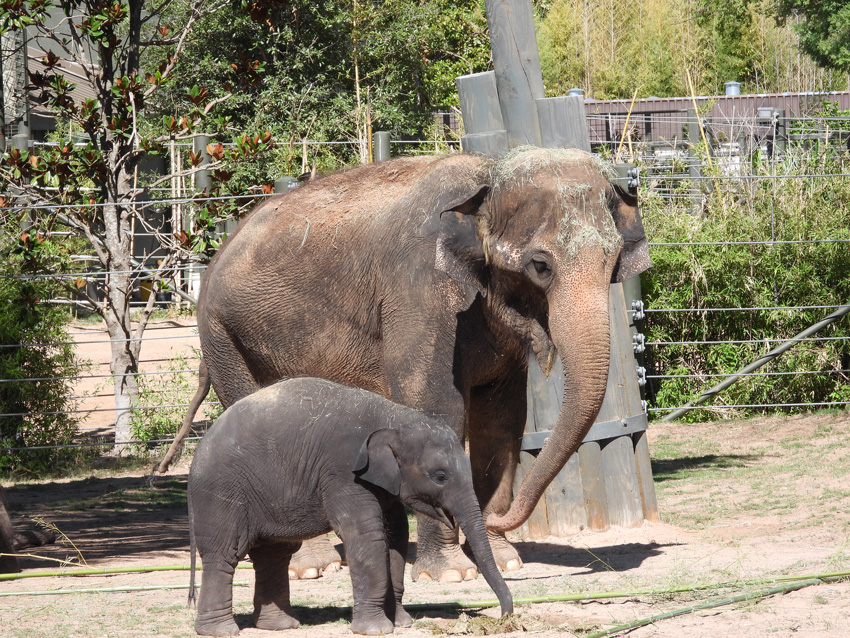
PHOTO BY TERI WEBSTER
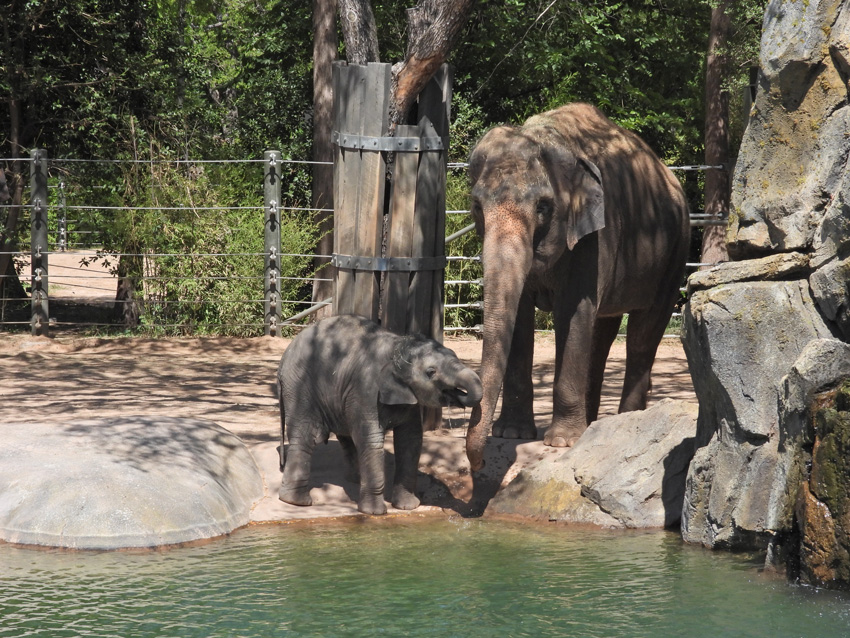
PHOTO BY TERI WEBSTER
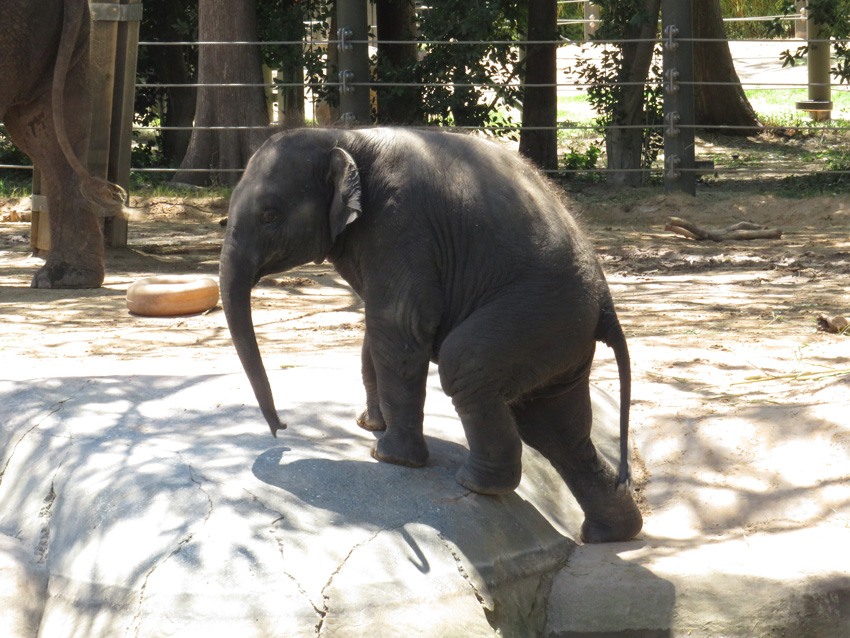
PHOTO BY TERI WEBSTER
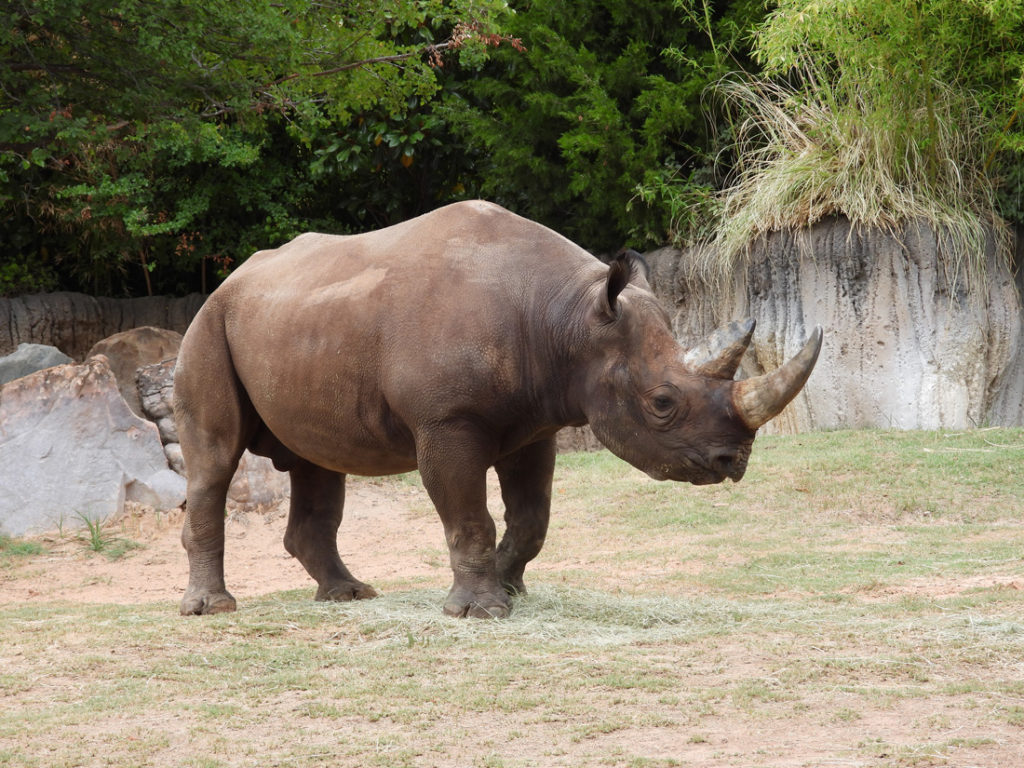
PHOTO BY TERI WEBSTER
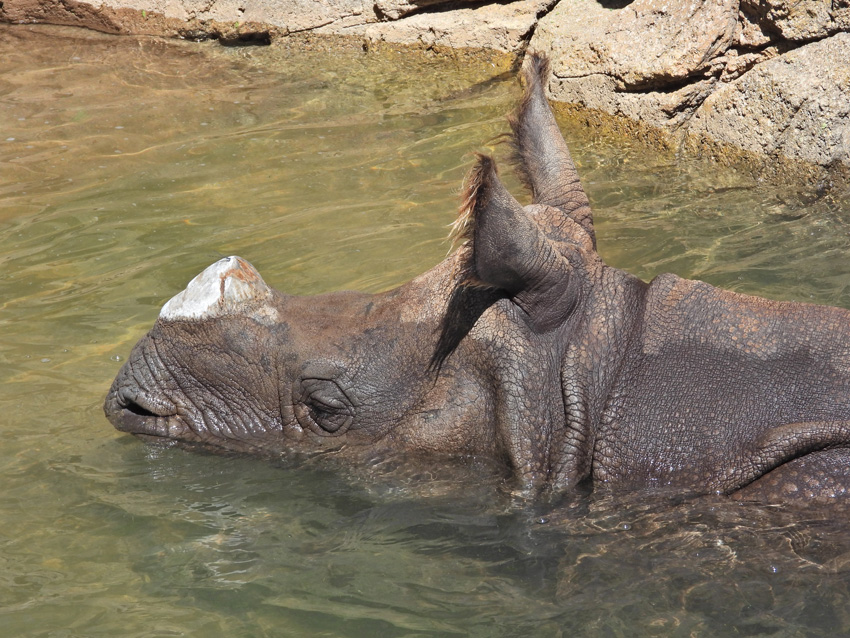
PHOTO BY TERI WEBSTER
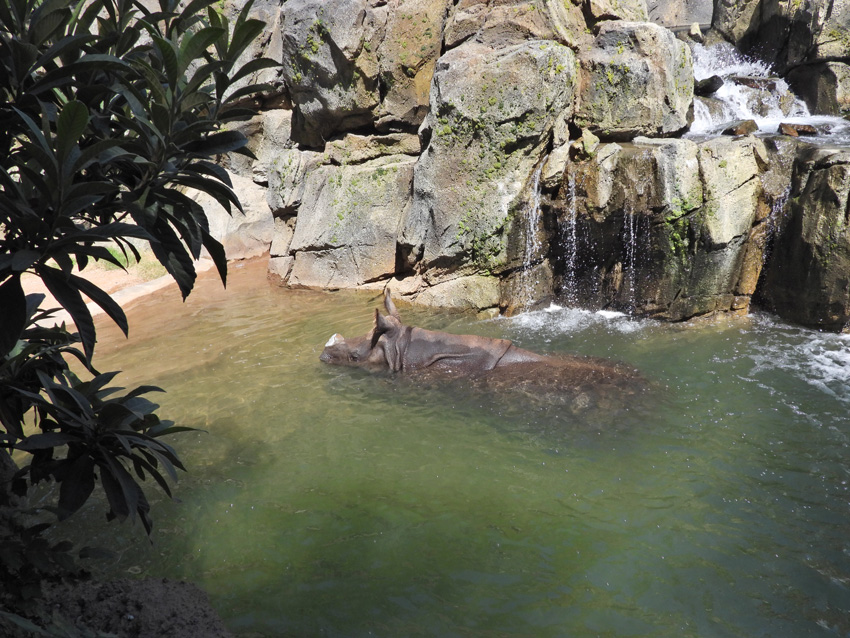
PHOTO BY TERI WEBSTER
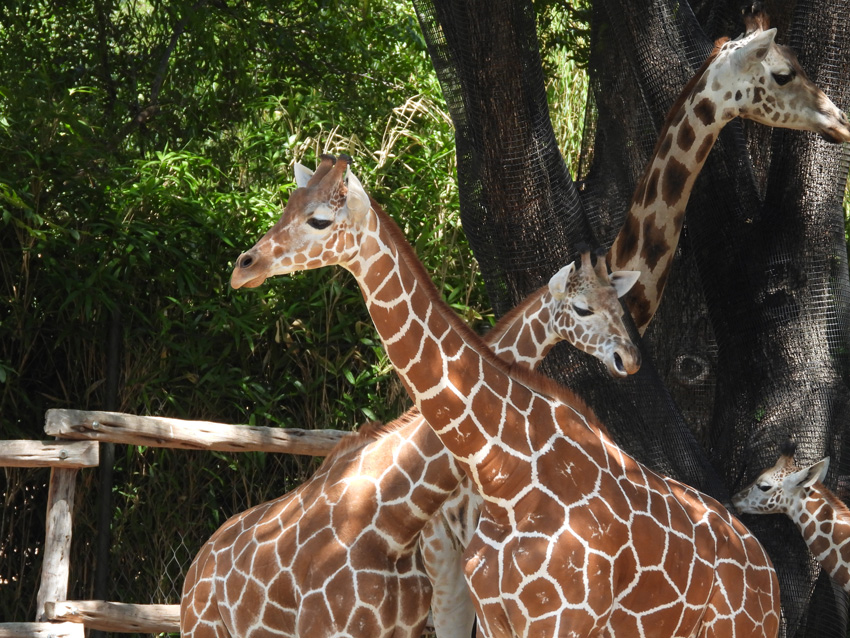
PHOTO BY TERI WEBSTER
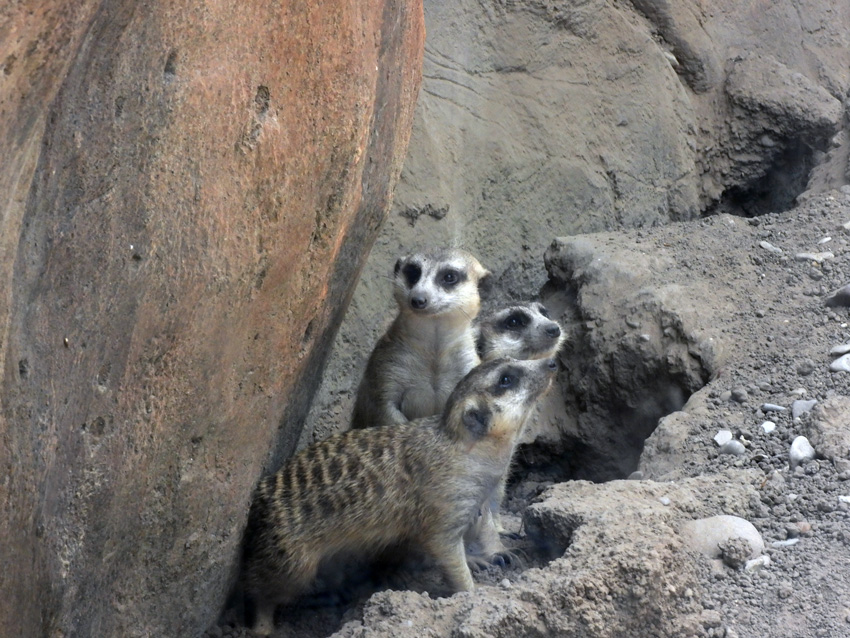
PHOTO BY TERI WEBSTER
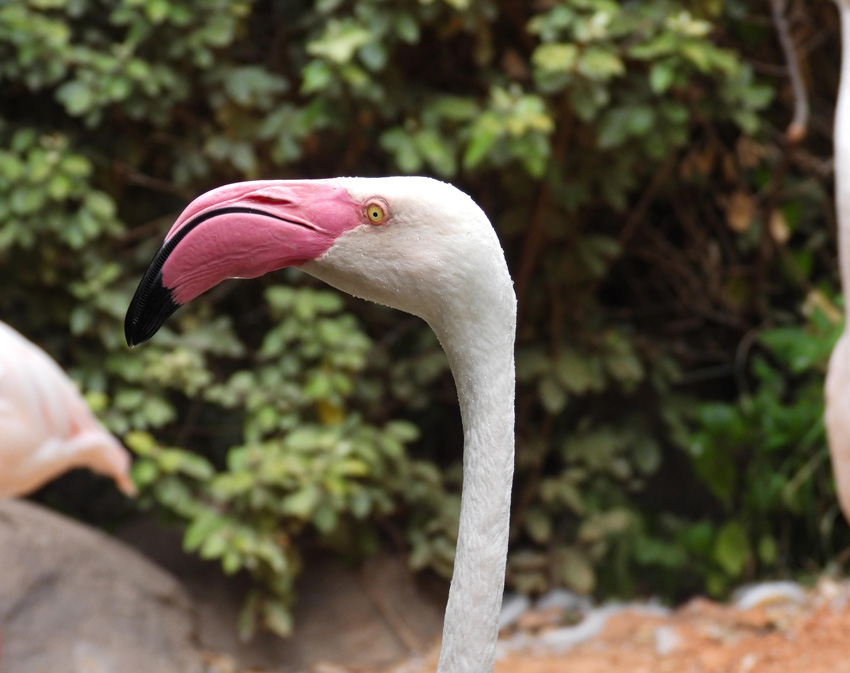
PHOTO BY TERI WEBSTER
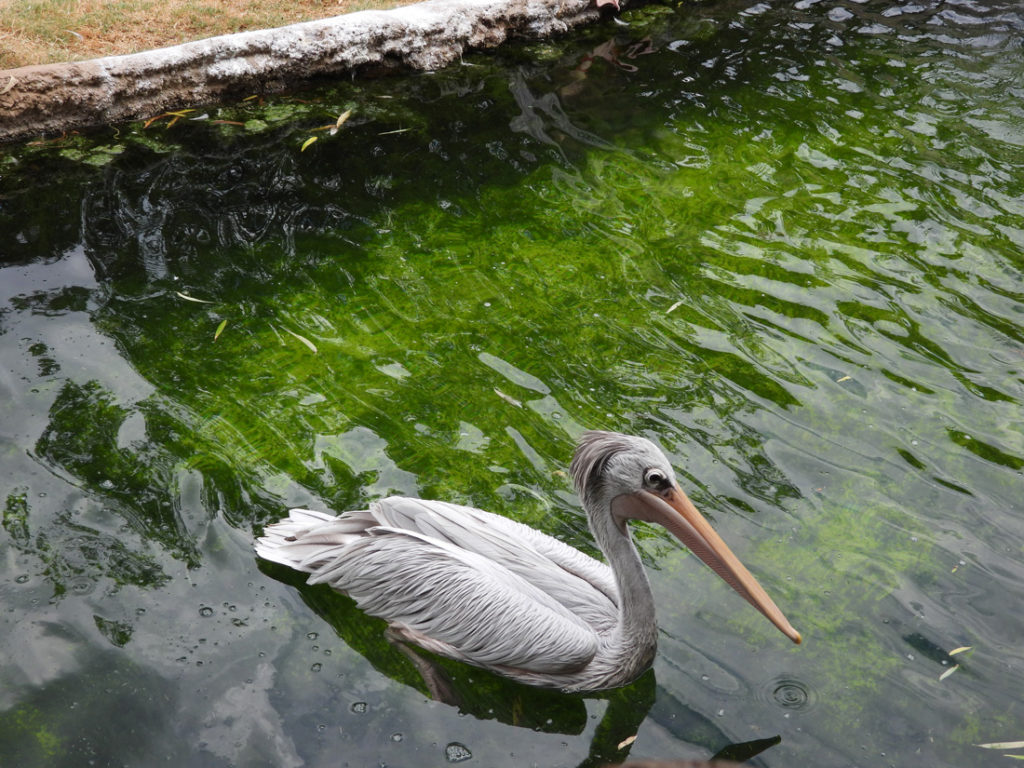
PHOTO BY TERI WEBSTER
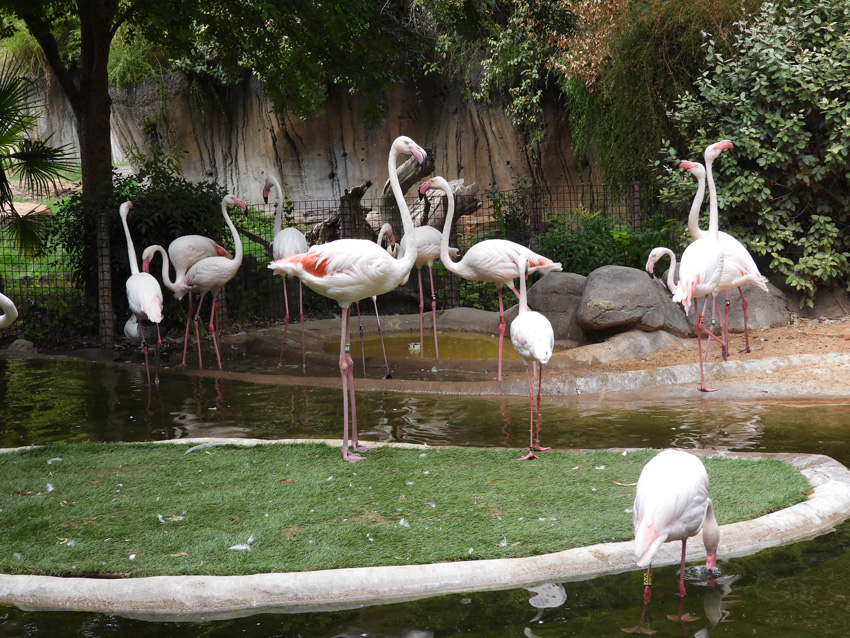
PHOTO BY TERI WEBSTER

PHOTO BY TERI WEBSTER
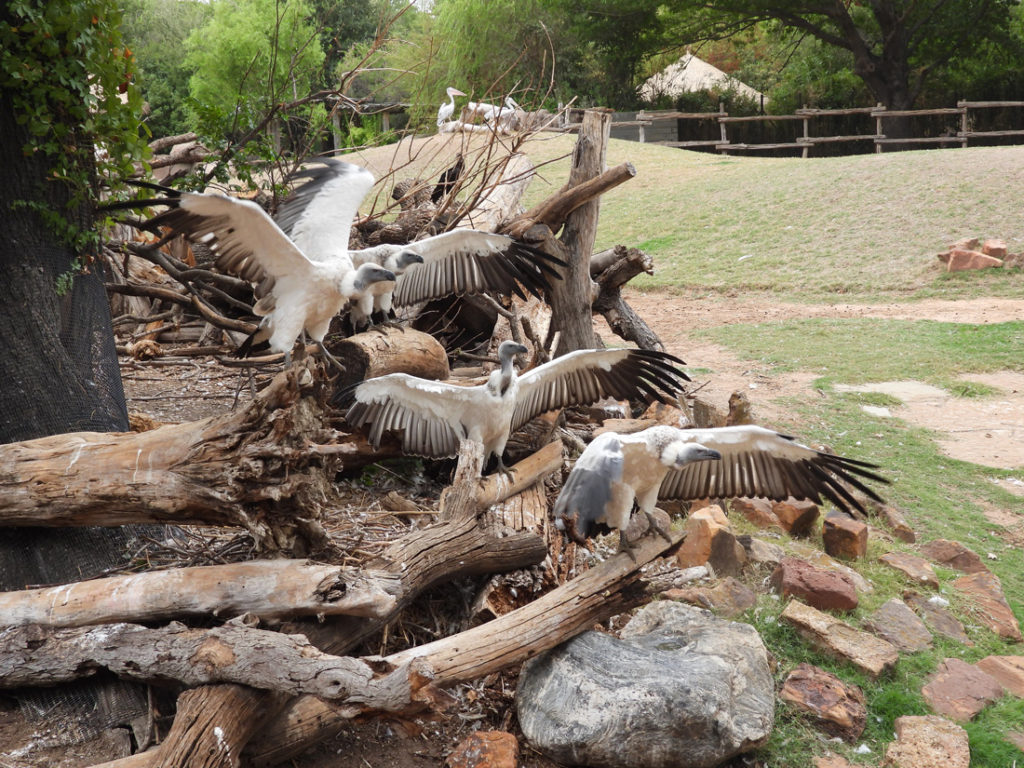
PHOTO BY TERI WEBSTER



